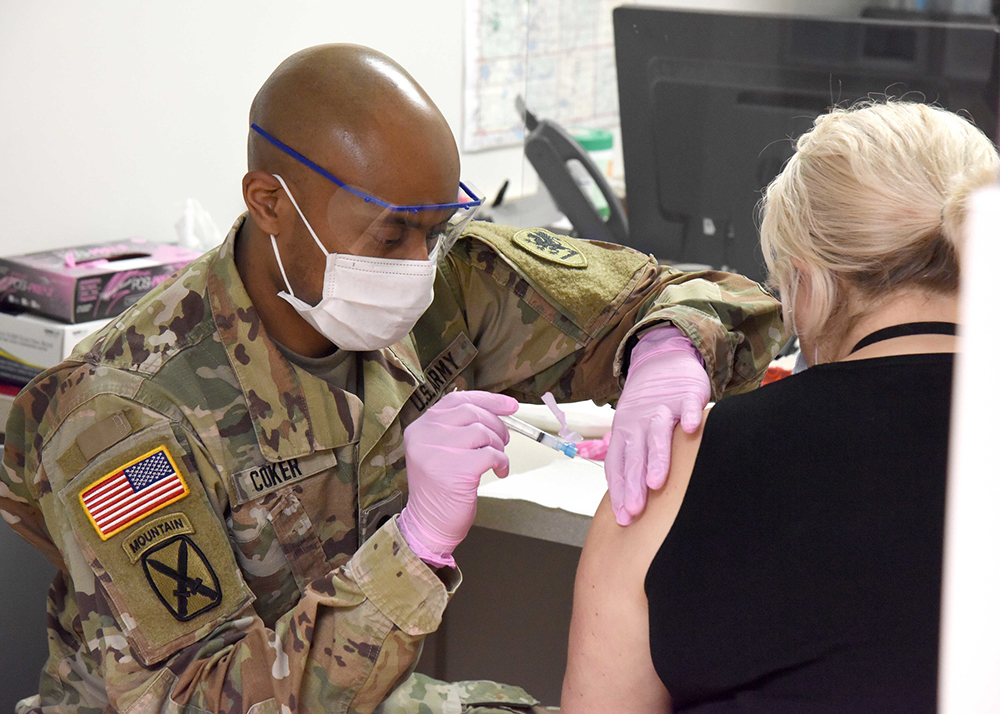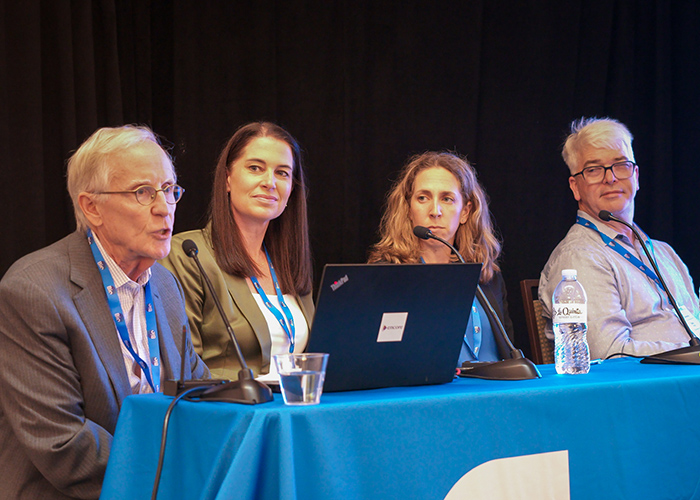With the goal of managing “the risk of biological incidents, whether naturally occurring, accidental, or deliberate,” President Biden Tuesday signed National Security Memorandum-15 (NSM-15) and launched the National Biodefense Strategy and Implementation Plan for Countering Biological Threats, Enhancing Pandemic Preparedness, and Achieving Global Health Security.
The NSM-15 document outlines relevant policy and describes specific actions needed by U.S. government agencies. The National Biodefense Strategy calls for promoting “a vibrant, safe, and secure domestic and international science and technology base, including in biotechnology and biomanufacturing, to support biodefense,” and measures to “reduce biological risks associated with life sciences research and development and advances in biotechnology.”
The strategy outlines five goals to prepare for biological threats:
- Enable risk awareness and detection to inform decision-making across the biodefense enterprise.
- Ensure biodefense enterprise capabilities to prevent bioincidents.
- Ensure biodefense enterprise preparedness to reduce the impacts of bioincidents.
- Rapidly respond to limit the impacts of bioincidents.
- Facilitate recovery to restore the community, the economy, and the environment after a bioincident.
Biotech’s contribution to preparedness
The National Biodefense Strategy is supportive of the Pandemic Preparedness Plan that the administration published in September 2021, and other preparedness measures. Notably for the biotech industry, the new National Biodefense Strategy calls for achieving the ability to:
- develop a test to detect a pathogen within 12 hours;
- produce novel therapeutics within six months; and
- produce enough vaccines to protect the nation within 130 days.
“The United States must be prepared for outbreaks from any source,” according to a White House factsheet released Tuesday. “Urbanization, climate change, and habitat encroachment increase the risk of an outbreak emerging from animal reservoirs. Global interconnectedness accelerates the speed at which infectious diseases spread across the world,” and “the norm against the development and use of biological weapons has been challenged by state and non-state actors over the past several decades.”
According to the White House factsheet, “The Administration is already implementing key actions in the Strategy with existing funding. However, fully achieving these transformative objectives will require the support of Congress to provide additional resources, including the President’s $88 billion request over five years for pandemic preparedness and biodefense. The Administration looks forward to working with Congress to implement this investment strategy to save trillions of dollars and millions of lives.”
This $88 billion funding request and the ambitious goals of the plan are both strongly supported by The Biotechnology Innovation Organization (BIO).
Ultimately, the administration has shown its commitment to this important issue with their publishing of the strategy, but executive action is only part of the battle, according to Joel Straus, Manager of Healthcare and Infectious Disease Policy at BIO. Now it is important for Congress to act so that investment, national reserves, infrastructure, and technology are all in alignment to make sure that the next pandemic does not get a chance to happen in the first place.




